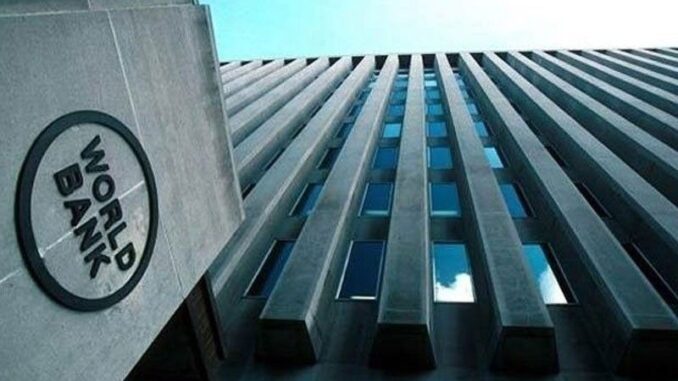
MANILA, Philippines — The Philippine economy is expected to post average growth of six percent from this year until 2026 with the expansion to be supported by strong domestic demand, according to the World Bank.
The multilateral lender’s East Asia and the Pacific Economic Update October report released yesterday showed it raised the gross domestic product growth forecast for the Philippines to six percent for this year from the 5.8 percent growth forecast provided last June.
This new forecast is at the low end of the government’s six to seven percent growth target for this year.
The World Bank also hiked its growth forecast for the Philippines for 2025 to 6.1 percent from 5.9 percent previously.
While the 2025 growth forecast was revised upward, it is below the 6.5 to 7.5 percent growth goal set by economic managers.
The World Bank’s Macro Poverty Outlook report showed the multilateral lender expects the Philippine economy to expand by six percent in 2026.
This forecast is also below the 6.5 to eight percent growth the government is aiming for in 2026.
Earlier this week, Budget Secretary Amenah Pangandaman said the growth targets may be revised following the sharp drop in inflation to 1.9 percent last September, the lowest since May 2020.
“The medium-term outlook remains favorable, averaging six percent in 2024-26,” the World Bank said.
It said growth would be driven by robust domestic demand, which will benefit from more accommodative monetary policy and sustained public investment.
“Private consumption will remain as the main growth engine, supported by steady remittance in-flows, a healthy labor market and lower inflation,” the World Bank said.
It said declining interest rates would bode well both for private investment and household consumption.
The World Bank also revised its poverty incidence forecasts for the Philippines.
“Poverty incidence is projected to decrease from 17.8 percent in 2021 to 13.6 percent in 2024 and further decrease to 11.3 percent in 2026, using World Bank’s poverty line for lower-middle-income countries of $3.65/day, 2017 PPP (purchasing power parity),” it said.
Earlier this year, the World Bank said it expects Philippine poverty incidence to go down to 12.2 percent this year and to 9.3 percent in 2026.
“Poverty is expected to decline but extreme climatic events pose risks,” the World Bank said.
It said there are external and domestic risks that could impact the outlook for the Philippines.
The external factors include the slowdown in the global economy and weaker-than-expected growth in China.
In terms of domestic risks, the World Bank said food security may be challenged due to persistent weakness in agriculture output.
“Future commodity price shocks caused by geopolitical conflicts, an increase in trade restrictions and climate-related disasters remain the main downside risks,” the World Bank said.


Be the first to comment